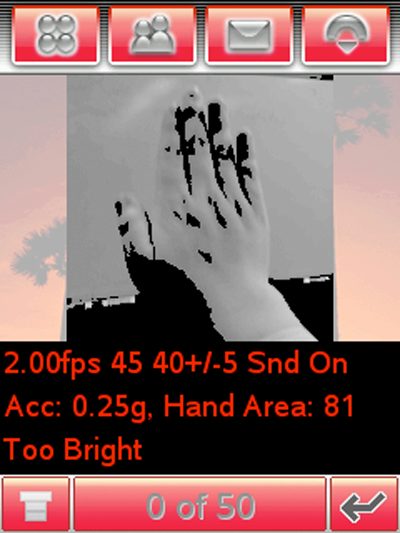Personal Augmented Computing Environment (PACE)
August 16th, 2005 - May 1st, 2008
Categories: Applications, Human Factors, MS / PhD Thesis, Software, VR

About
Personal Augmented Computing Environment (PACE) focuses upon the research challenges affecting the development of applications for personal mobile devices, specifically personalized visualization and scalable human-computer interaction.
The initial goal of PACE was to determine the effects of different visual factors on the correct size perception of virtual objects in an immersive virtual environment (VE). A set of controlled experiments were designed and conducted in EVL’s virtual reality system, the CAVE. In the experiments, three visual factors - scene complexity, stereovision and motion parallax were examined. The results of these experiments suggest that scene complexity and stereovision significantly affect users’ size perception, while motion parallax does not exhibit a significant effect.
An effective process to collect a user’s hand sample images for posture profile building was proposed and implemented. The novelty of the proposed process is that it takes advantage of the synergies between mobile device and infrastructure, and uses proactive measures instead of post-processing techniques to improve sample image quality.
A set of scalable computing techniques were developed to improve performance of the vision-based hand detection and recognition system using computer clusters. These techniques incorporated a novel data structure, called a scanner node tree to manage cluster nodes; a unique load balancing algorithm to evenly distribute workload across nodes; and a node-to-node messaging protocol for parallel processing. Enabled by these techniques, a hand tracker / controller named “Hand Wand” was implemented and integrated as the interface device for a large-scale tiled display instrument, namely LambdaVision.
In conclusion, PACE also introduces a prototype personal VE: a reach-and-grasp training environment for in-home rehabilitation of stroke survivors. This early work shows prospect for offering new and advantageous ways for mobile devices to enhance user experience.